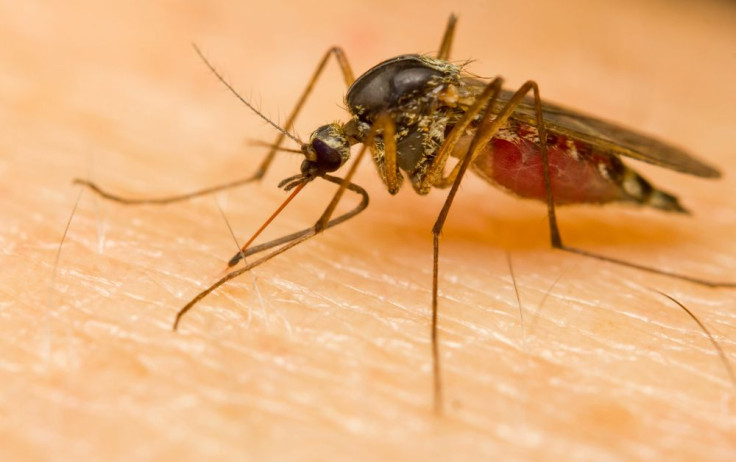
The notorious chikungunya virus has long been speculated to hit Latin America after making its way to the Caribbean islands. Now, according to Mexico's National Epidemic Surveillance System, the mosquito-borne virus has reportedly spread to Mexico.
"Up to now no domestic cases have been detected in our country," said the Health Secretariat said in a statement, adding that the virus entered the country via a patient who attended a sports event in Antigua and Barbuda.
The chikungunya fever -- pronounced chik-en-GUN-ya, which literally translates to "that which bends up" in the Kimakonde language of Mozambique -- is a viral disease discovered in Tanzania in 1952. Featuring similarities to dengue, the symptoms of chikungunya fever, which is transmitted to humans by infected mosquitos, include: high fever, headache, nausea, fatigue, rash and muscle pain. Unlike dengue, the fever is not fatal but the joint pain lasts longer.
According to public health experts, the chikungunya fever the viral disease was first reported outside of its usual area in St. Martin in December 2013 before spreading to seven other nations. Earlier this year, a mosquito-borne virus afflicting the Caribbean was detected in the Dominican Republic. Since the first detection of the chikungunya fever this March, the virus has spread through the Caribbean island with over 3,500 suspected cases.
Public health experts have been increasingly concerned about the virus reaching Central America, as the region provides the ideal environment for the virus. “It certainly has the potential to move to a lot of other places in the Western Hemisphere,” said vector-borne disease specialist Ann M. Powers, from the U.S. Centers for Disease Control and Prevention (CDC), to the New York Times. “All of Central America and big parts of South America would certainly be susceptible.”
The CDC warns that there is no medicine to treat the virus infection and as such, people should take preventative measures to reduce their risk of exposure. How can your protect yourself? Unfortunately, there is no vaccine, but when traveling to areas with the chikungunya virus, you should apply insect repellent (containing DEET, picaridin, IR3535, and oil of lemon eucalyptus and para-menthane-diol), wear long sleeves and pants, and stay in areas with air conditioning or have windows and door screens.
© 2025 Latin Times. All rights reserved. Do not reproduce without permission.




